Electronics sector attractive to foreign backers
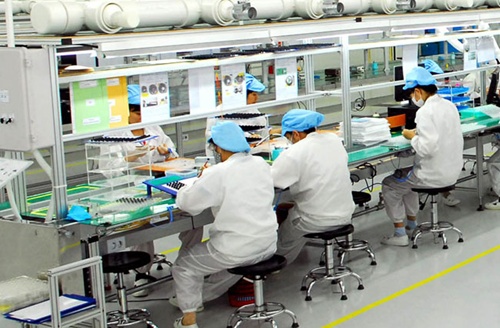 |
| Employees at Korean invested Bluecom Vina Ltd work on a electronics chain in Trang Due Industrial Zone in Hai Phong. - VNA/VNS Photo Danh Lam |
With the largest turnover and market share growth of electronic exports in ASEAN, Viet Nam has grown to become the 12th largest electronics exporter in the world and the third largest in ASEAN.
Viet Nam's electronics output ranked behind Thailand, Singapore and Malaysia in 2013.
Production bases have been shifting to Viet Nam in recent years to take advantage of preferential tax deals under free trade agreements such as the TPP and AEC.
Accordingly, the rules of origin force investors who want to take advantage to further access ASEAN or TPP member markets to invest in Viet Nam more intensively and transfer technology to achieve a higher localisation rate.
Attractive areas in Viet Nam's electronics industry are large-scale mobile phone factories. Samsung alone has invested in a $2.5 billion factory in the northern province of Bac Ninh and a $2 billion facility in Thai Nguyen.
The group has also invested $1 billion on a manufacturing factory in HCM City.
The plant in Thai Nguyen has attracted satellite investors, and electronics component producers have invested hundreds of millions of dollars in Thai Nguyen Province and Hai Phong City.
Challenges
However, domestic electronics enterprises do not contribute much to the electronics supply chain.
Samsung Viet Nam recently said that of the 80 satellite enterprises producing components and accessories, only 10 per cent were Vietnamese.
These companies mainly provide printing and packaging, which have the lowest added value. Another problem is competing with other countries in the region, and investors may move to other countries when the investment incentive period ends.
To attract more FDI to the industry, the FIA recommends enterprises build science and technology policies to encourage technology transfer, training, research and development; sign technological co-operation contracts with large countries, connect research institutions and businesses and select products and sectors for research priority.
Intellectual property laws should also be tightened so that domestic and foreign investors feel secure about investing, transferring technology and developing products.
What the stars mean:
★ Poor ★ ★ Promising ★★★ Good ★★★★ Very good ★★★★★ Exceptional
Latest News
More News
- MoIT proposes scheme to boost renewable energy procurement (April 17, 2024 | 14:05)
- Suitable roadmaps can help SMEs in the ESG mission (April 17, 2024 | 08:56)
- Low emissions to stem from advances in rice (April 17, 2024 | 08:49)
- Lotte Rental enters Vietnam's car rental market (April 16, 2024 | 18:46)
- Samsung returns to top of the smartphone market: industry tracker (April 16, 2024 | 18:00)
- VitaDairy partners with KPMG Vietnam on digital transformation (April 16, 2024 | 16:38)
- Boeing says testing of 787 proves aircraft is safe (April 16, 2024 | 16:00)
- PwC rejects allegations on Evergrande audit (April 16, 2024 | 14:39)
- VinFuture Fund launches InnovaConnect 2024 event series (April 16, 2024 | 09:00)
- Vietnam’s agricultural products appeal to foreign customers (April 15, 2024 | 17:04)




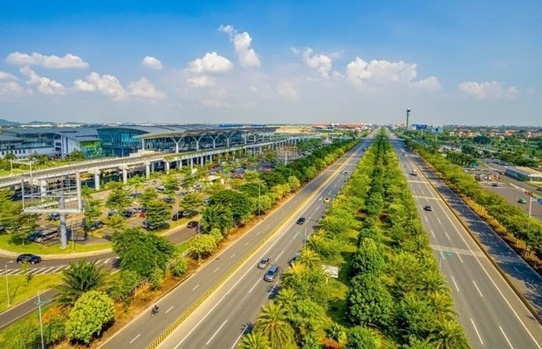
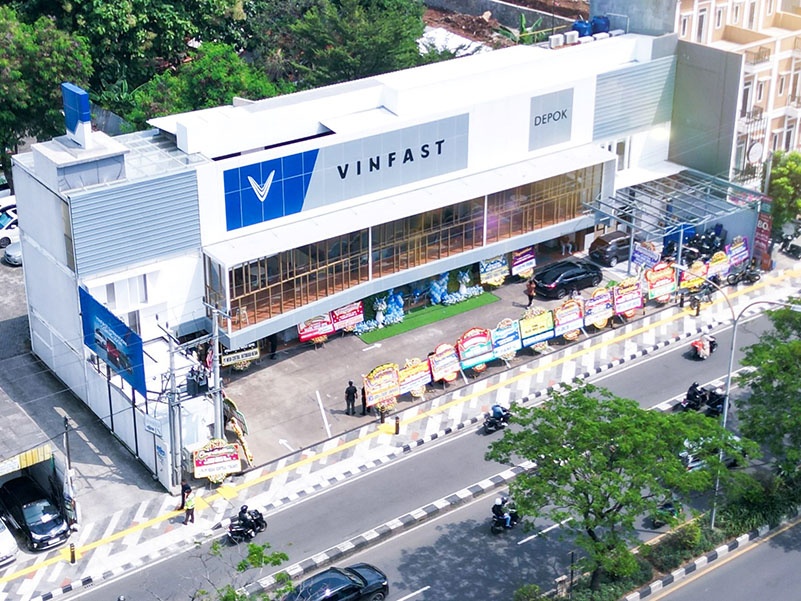
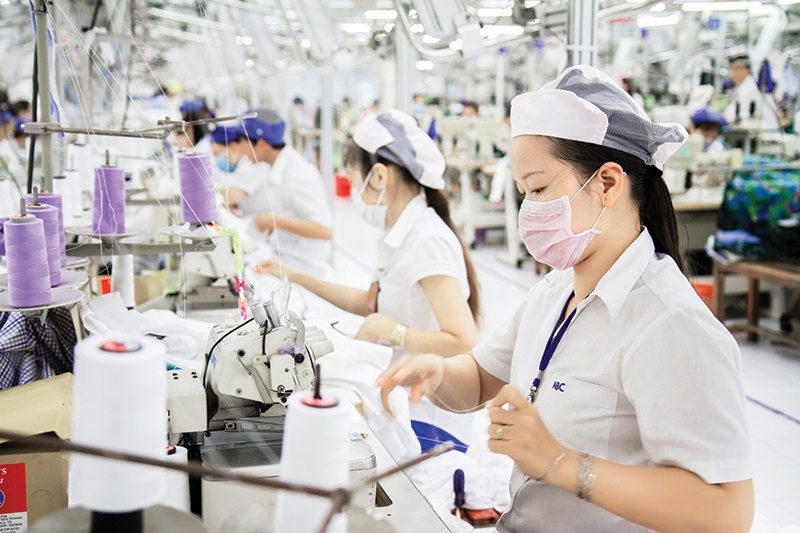
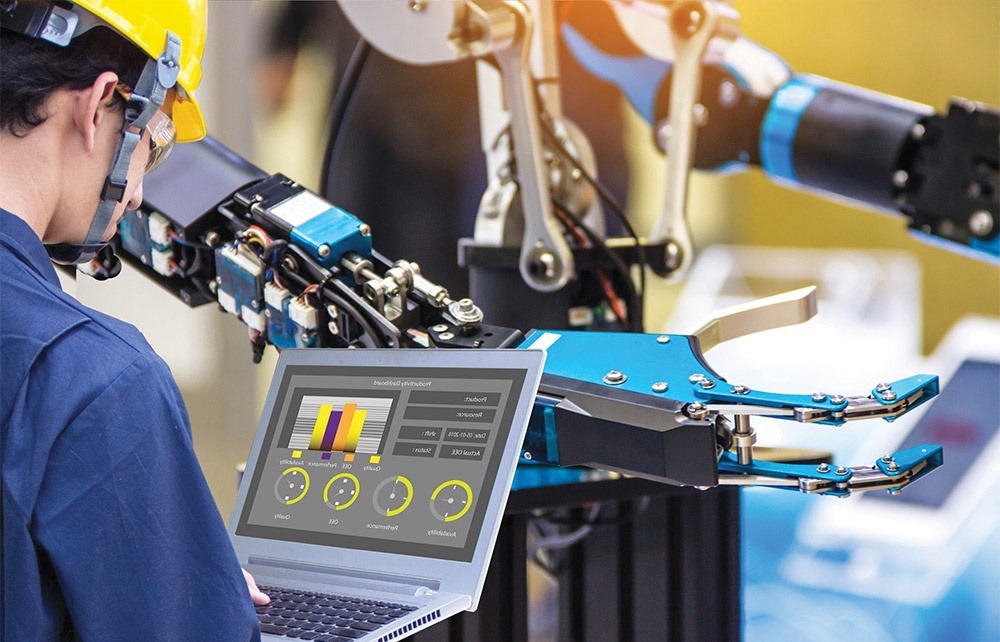









 Mobile Version
Mobile Version